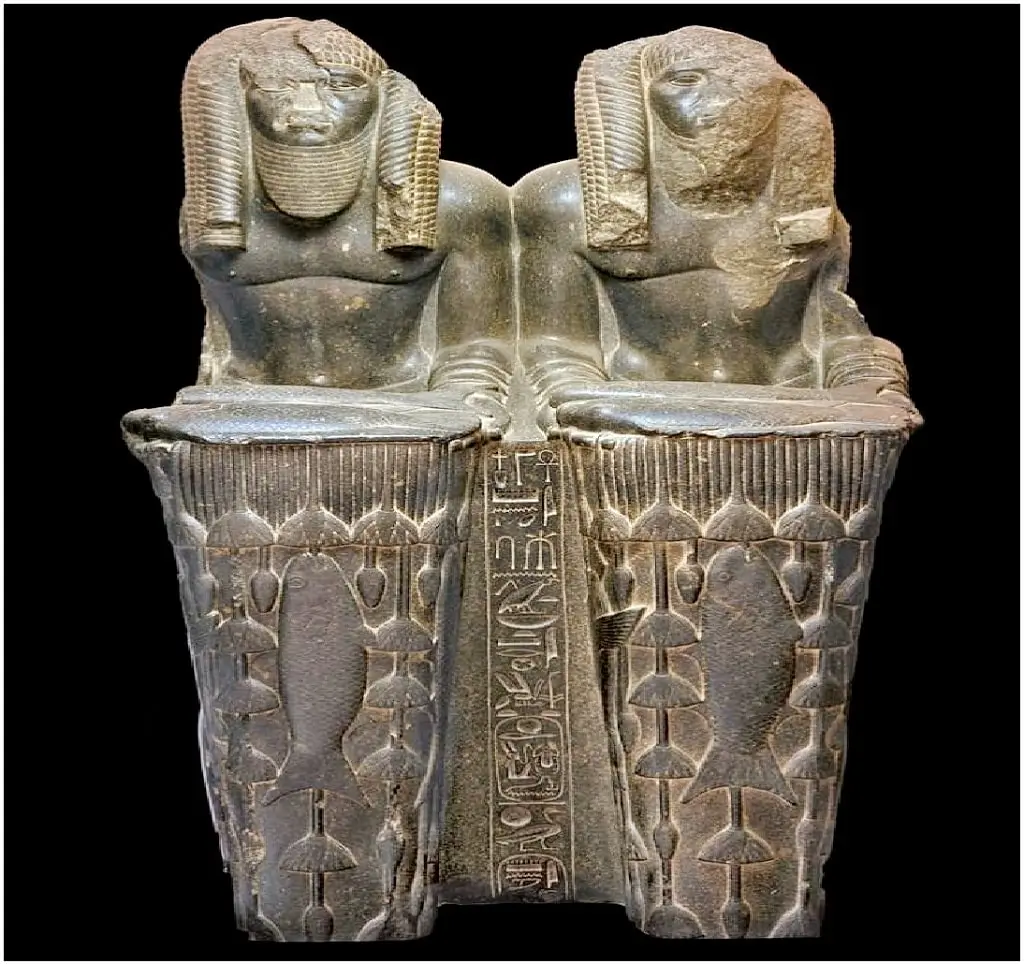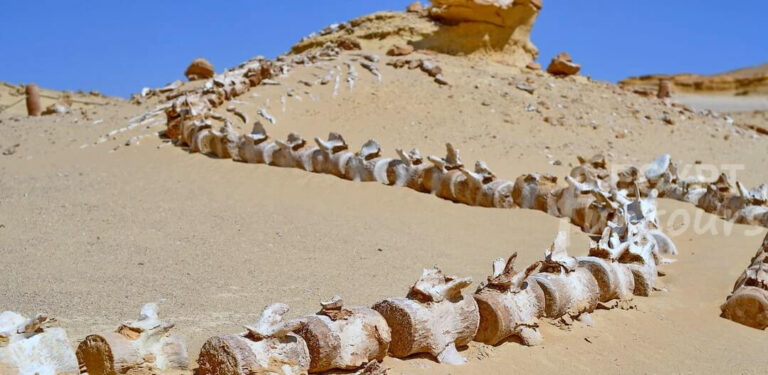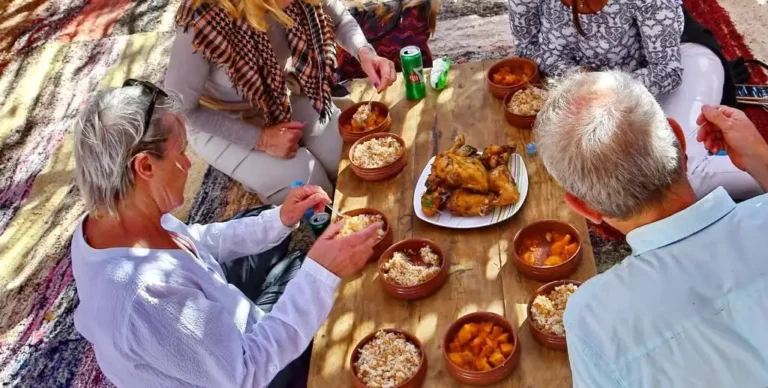God Hapi: God of the Nile Inundation
God Hapi was a vital and beloved deity. He was a god of the ancient Egyptian pantheon. Hapi wasn’t just a god of a river. He personified the Nile inundation, the yearly flood. This flood brought life, fertility, and prosperity to Egypt. Unlike many other gods, Hapi directly embodied the life-giving waters and the rich, dark silt. This nourished Egyptian agriculture. His benevolent presence was the bedrock of Egyptian civilization. This made him a central figure in rituals and daily life.

























